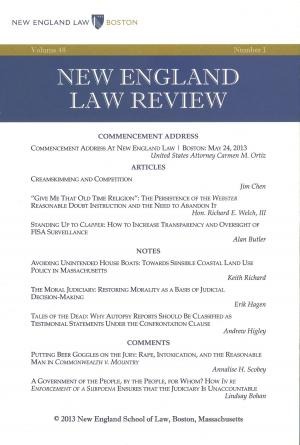| Author: | Herbert James Lewis | ISBN: | 9781610271660 |
| Publisher: | Quid Pro, LLC | Publication: | February 14, 2014 |
| Imprint: | Smashwords Edition | Language: | English |
| Author: | Herbert James Lewis |
| ISBN: | 9781610271660 |
| Publisher: | Quid Pro, LLC |
| Publication: | February 14, 2014 |
| Imprint: | Smashwords Edition |
| Language: | English |
The name Alabama comes from the Choctaw word meaning “clearers of the thickets,” inspiring the title of this fascinating new book. Its purpose is to examine Alabama's early history beginning with the era of European colonization and culminating with the state's controversial secession from the Union—after just 41 years as a state (recognizing, of course, that the actual history began long before this emigration, with Native American civilizations). In so doing, the author traces how Alabama emerged from a raw frontier of European settlement into a fully functioning state that provided much-needed order to its new citizens.
The book begins by exploring the colonial period during which three European powers—Spain, France, and Great Britain—continually vied for control of what was to become part of Alabama. Each culture, along with the Native American communities that lived throughout most of the region, contributed to the development of the emerging territory and left its enduring stamp. Later chapters examine Alabama's territorial period, the Creek War of 1813-1814, the Constitutional Convention of 1819 and statehood, the first years of state government in Cahaba, removal of the capital to Tuscaloosa, King Cotton and the ignominy of slavery, further relocation of the capital to Montgomery as secession loomed, and social and economic advances during the antebellum period that were interrupted and stunted by the tragedy of secession and war.
Jim Lewis’ new book on antebellum Alabama joins the History & Heroes Series.
The name Alabama comes from the Choctaw word meaning “clearers of the thickets,” inspiring the title of this fascinating new book. Its purpose is to examine Alabama's early history beginning with the era of European colonization and culminating with the state's controversial secession from the Union—after just 41 years as a state (recognizing, of course, that the actual history began long before this emigration, with Native American civilizations). In so doing, the author traces how Alabama emerged from a raw frontier of European settlement into a fully functioning state that provided much-needed order to its new citizens.
The book begins by exploring the colonial period during which three European powers—Spain, France, and Great Britain—continually vied for control of what was to become part of Alabama. Each culture, along with the Native American communities that lived throughout most of the region, contributed to the development of the emerging territory and left its enduring stamp. Later chapters examine Alabama's territorial period, the Creek War of 1813-1814, the Constitutional Convention of 1819 and statehood, the first years of state government in Cahaba, removal of the capital to Tuscaloosa, King Cotton and the ignominy of slavery, further relocation of the capital to Montgomery as secession loomed, and social and economic advances during the antebellum period that were interrupted and stunted by the tragedy of secession and war.
Jim Lewis’ new book on antebellum Alabama joins the History & Heroes Series.















